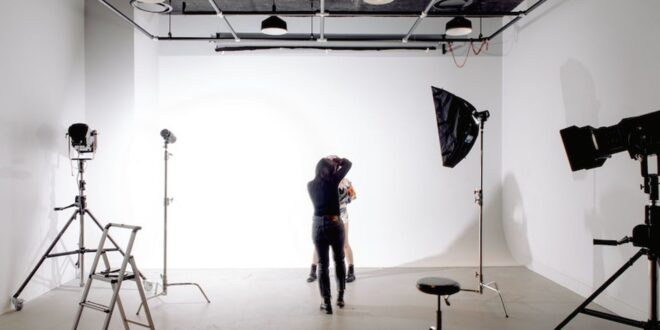So, you’ve decided to leap into photography? Welcome to a hobby that’s one part art, one part science, and three parts “Why did I spend so much money on this stuff?”
But don’t worry, I’m here to help you wade through the essentials without making you feel like you need to mortgage your house.
1. Camera Body
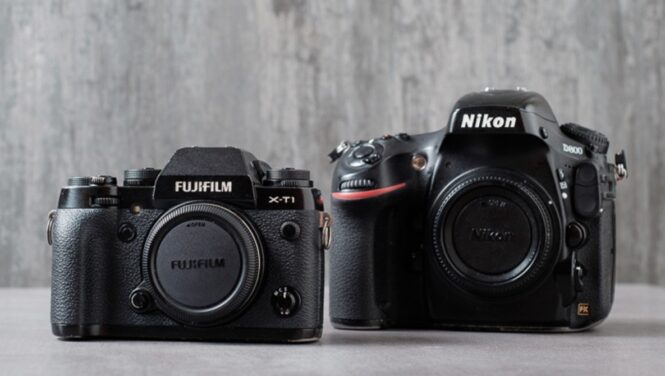
Let’s start with the obvious: you need a camera. No, your phone doesn’t count. I know it has a dozen lenses and more megapixels than you can shake a stick at, but trust me, you need a real camera.
Beginners should look for something like a mirrorless or DSLR. Think Canon EOS Rebel T7i or Nikon D3500. They’re user-friendly, affordable (for camera standards), and you can swap lenses.
Before even starting the discussion about lenses and accessories, getting a solid camera body is crucial. If you’re looking for professional guidance on setting up your first studio, check out photo studio Abu Dhabi for top-tier photography services and inspiration.
2. Lenses
Speaking of lenses, your camera’s kit lens is about as exciting as plain oatmeal. To spice things up, get a nifty fifty (50mm f/1.8) for portraits and a wide-angle lens for landscapes.
Why two? Because sometimes you need to capture the entire scene, and sometimes you want to make your subject look like they’re the only person in the universe.
3. Tripod

Ever tried holding your breath while taking a photo to avoid camera shake? Yeah, not fun. Get yourself a tripod. Manfrotto and Vanguard make good ones that won’t collapse under the weight of your camera.
A tripod keeps things steady for those long exposure shots and helps you avoid the dreaded blurry image.
4. Lighting
Natural light is great, but it’s about as reliable as a cat on a leash. Invest in some studio lights. A basic softbox kit will do wonders for your photos without costing an arm and a leg.
If you’re feeling fancy, throw in a couple of reflectors to control your light sources like a pro.
5. Memory Cards
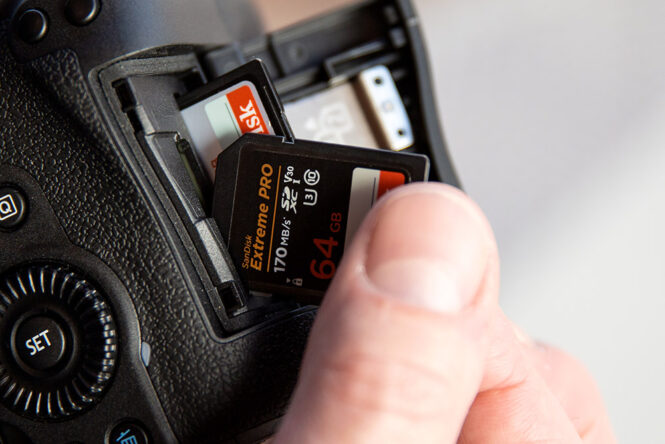
Running out of storage mid-shoot is like running out of gas in the middle of nowhere. Stock up on memory cards.
Go for at least 32GB, and make sure they’re from reputable brands like SanDisk or Lexar. Trust me, you don’t want to lose your photos because you went cheap on the storage.
6. Editing Software
Think your photos will look perfect straight out of the camera? That’s adorable. Every photo needs a bit of editing.
Adobe Lightroom and Photoshop are the industry standards. If you’re a cheapskate (no judgment), GIMP and Darktable are free alternatives that can do the job with a bit of patience.
7. Computer
Your editing software needs something to run on, and your ten-year-old laptop isn’t going to cut it.
You don’t need a top-of-the-line gaming rig, but something with a decent processor, plenty of RAM (16GB minimum), and a good monitor will make your life easier. Consider a MacBook Pro or a Dell XPS.
8. External Hard Drive
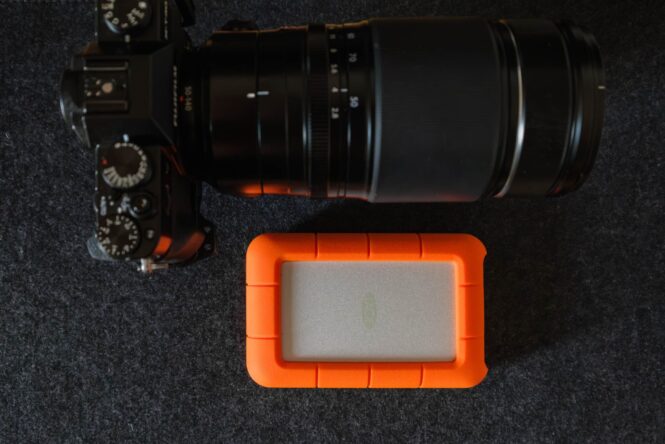
Let’s talk backup. You’re going to want an external hard drive for all those RAW files you’ll be hoarding. Look for at least 1TB of storage.
Western Digital and Seagate are reliable choices. It’s not glamorous, but neither is crying over lost photos.
9. Remote Shutter Release
A remote shutter release might sound like a luxury, but it’s a lifesaver for long exposures and self-portraits.
You can go wireless or wired, and they’re generally inexpensive. Think of it as a cheap insurance policy against blurry photos.
10. Cleaning Kit
Your gear is going to get dirty. A basic cleaning kit with a blower, brush, and microfiber cloth will keep your lenses spotless and your sensor free from dust.
Don’t be the person who spends thousands on gear but can’t be bothered to keep it clean.
11. Camera Bag
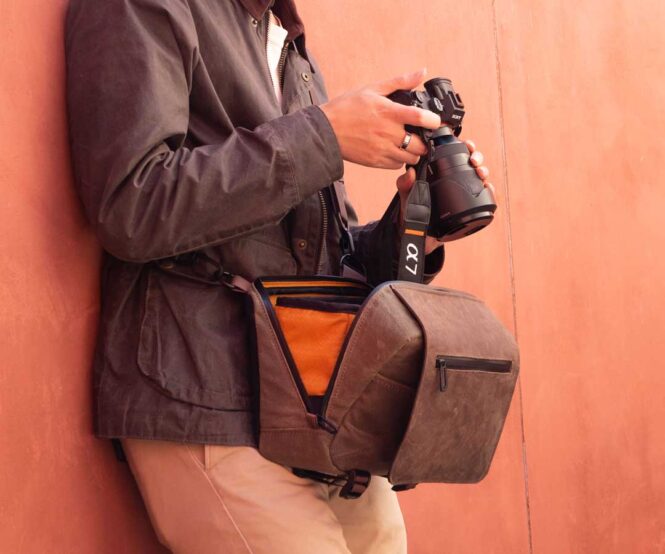
Unless you have more hands than a Marvel superhero, you’re going to need a camera bag. Look for one with padded compartments, adjustable dividers, and comfortable straps.
Lowepro and Peak Design make some great options. Bonus points if it doesn’t look like a camera bag to deter thieves.
12. Lens Filters
Think of lens filters as sunglasses for your camera. A polarizing filter will reduce reflections and make skies pop.
ND filters let you play with long exposures in broad daylight without blowing out your highlights. They’re not strictly necessary, but they can add a lot of versatility to your shots.
13. Battery Pack
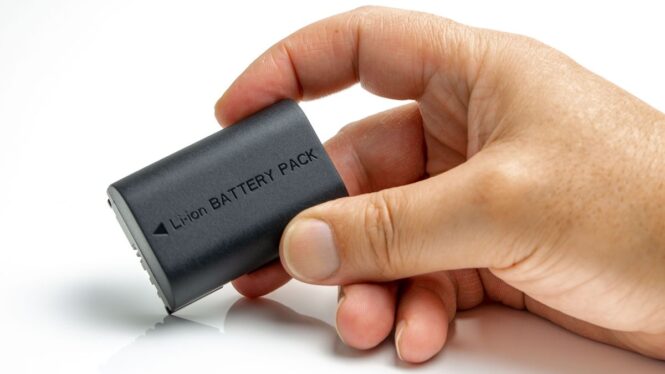
Camera batteries have the lifespan of a mayfly. Always carry a spare or two.
The generic ones are cheaper, but the branded ones tend to last longer and are more reliable. Trust me, nothing kills a shoot faster than a dead battery.
14. Online Backup Service
Remember that external hard drive? It’s not enough. Get an online backup service like Backblaze or Google Drive.
It’s an extra layer of security for your photos, and you can access your files from anywhere. Because who doesn’t want to edit photos from a beach in Bali?
15. Light Meter
If you want to get all fancy with your lighting, a handheld light meter can be a great investment.
It takes the guesswork out of setting your exposure, especially in tricky lighting conditions. Sekonic makes some solid options that won’t break the bank.
16. Color Calibration Tool
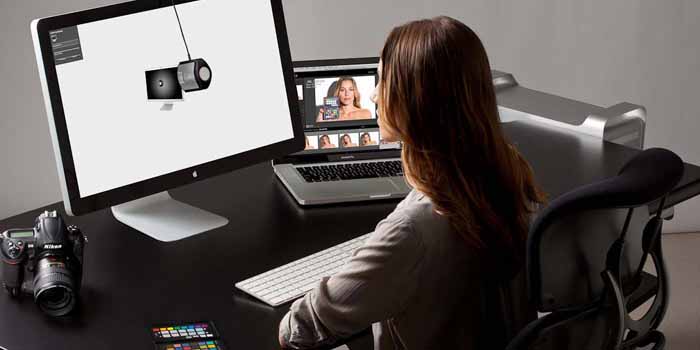
Monitors lie. What you see on screen might not be what comes out of your printer.
A color calibration tool like the X-Rite i1Display will ensure your colors are accurate. It’s a bit of an investment, but it’ll save you from pulling your hair out in the long run.
17. Studio Backgrounds
Plain white walls are boring. Get a few studio backgrounds to add some variety to your shoots.
A couple of rolls of seamless paper in different colors will do the trick. Savage and Lastolite have a good range to choose from.
18. Reflectors and Diffusers
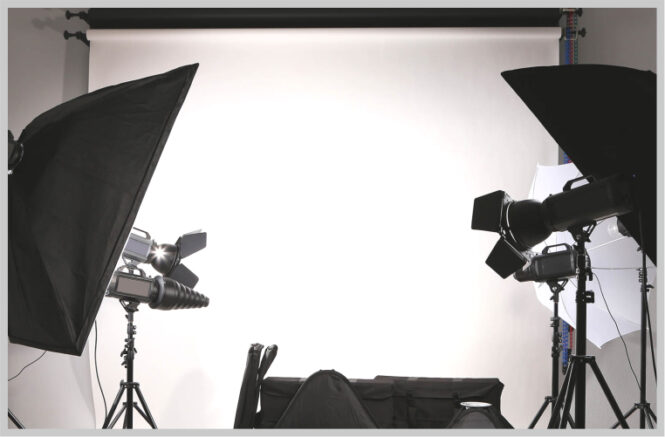
Good lighting can make or break a photo, and sometimes your softbox just isn’t enough.
Reflectors and diffusers are cheap and can help you manipulate light to get that perfect shot. Neewer offers affordable options that are perfect for beginners.
19. Camera Straps
The strap that came with your camera? Toss it. Get a comfortable, durable strap like the ones from BlackRapid or Peak Design. Your neck will thank you after a long day of shooting.
20. Lens Hood
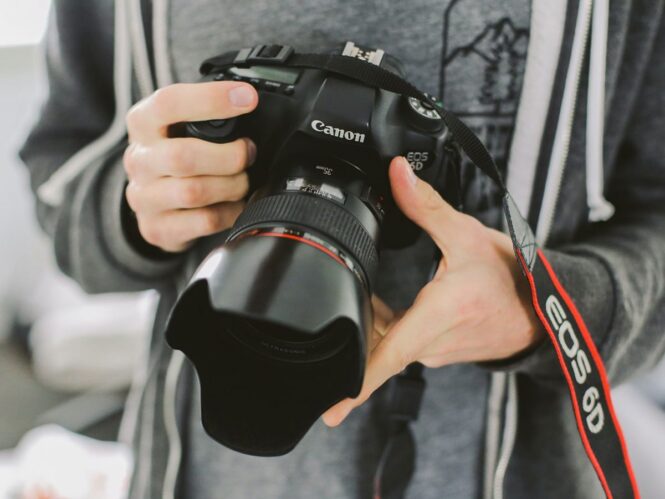
Lens hoods help reduce lens flare and protect your lenses from bumps and scratches.
They’re cheap, and there’s really no excuse not to use one. Most lenses come with one, but if yours didn’t, get one. Seriously.
Final Thoughts
Starting in photography doesn’t have to bankrupt you, but it’s easy to get overwhelmed by the sheer amount of gear. Stick to the basics, invest in quality where it counts, and most importantly, get out there and start shooting.
All the gear in the world won’t make you a better photographer if you don’t practice. So, grab your camera and capture the world, one frame at a time.
 Imagup General Magazine 2024
Imagup General Magazine 2024
